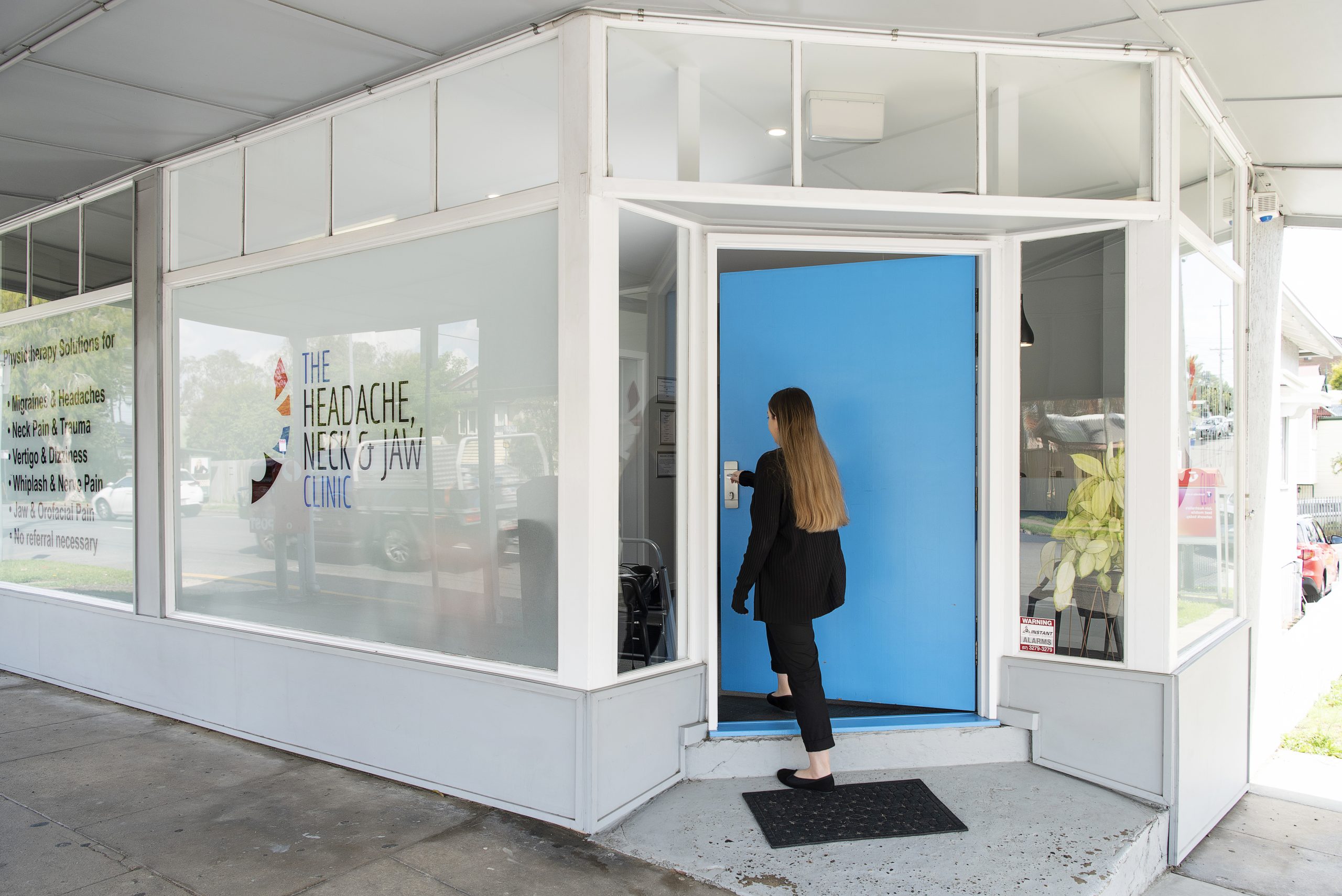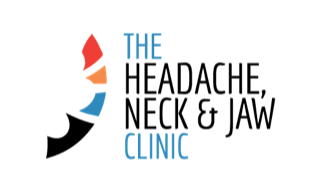Exercise Resources for Patients

Referring a Patient? - Click Here
Tips for Working at your Computer
Sitting comfortably at your Computer or Desk
When you work at a computer or desk for any length of time you may end up with tight neck and shoulder muscles and/or headaches as a result of this.
By making sure your workstation is set up correctly and doing a few simple stretches and exercises regularly, these basic problems can be minimised. Here is a checklist for you to go through to help you set your workstation up correctly.
- When your hands are on the keyboard/desk and your shoulders are relaxed, do your elbows make a 90 degree angle? i.e. Is your upper arm vertical and your lower arm horizontal? If not raise or lower the chair respectively.
- Now check your hips are on an angle between 90-130 degrees and your knees at 90 degrees, ie. your knees should be lower than your hips.
- Do your feet still sit flat on the floor? If not use a foot rest (Old telephone directories are fine).
- Is the chair back in the curve of your lower back to give you support? Raise or lower it. Otherwise, if your chair does not allow you to do this, use a rolled up towel to give your lumbar curve some support.
- Is the top of the computer screen at eye level? If it is too low sit it on a telephone book.
Tips for Driving
Driving is notorious for aggravating neck and back problems. Here are a few hints to help make it easier.
Ultimately with driving safety should always be a priority. Don't drive if:
- You have any episodes of your leg "giving way" or sciatic type leg pain
- You are unable to turn around quickly
- You have inadequate range of movement for good field of vision
- Your pain is distracting
- You experience dizziness
- You have taken drugs that make you sleepy or affect concentration
Tips for Gardening
Follow these hints and tips and you will feel less stiff and sore after gardening, and you will be less likely to get an injury.
Mowing
- Keep your back in its correct alignment – i.e. avoid excessive forward bending
- Push the mower with the whole body, not just your arms and shoulders. Keep your arms close to your sides in order to do this properly
- Wear good supportive and protective shoes.
- Have frequents stops and rests. DO NOT attempt to do the whole lawn in one session
- Keep the lawnmower close to your body and walk with it – DO NOT let it “run away” from you
- Wear a large rimmed hat and drink plenty of water to avoid dehydration and overheating.
Weeding and Planting
- DO squat or kneel down close to the area you are working on. Use a kneeler or kneepads for comfort
- Have frequent rests
- Stretch your leg muscles before and afterwards as well as frequently during the time you are kneeling
- Work only within easy, close ranges. Try to avoid excessive reaching. If you can’t reach something easily, move your body closer to it
- Use light tools and keep them close to you
Tips for Housework
Vacuuming and Mopping Floors
- DO use a longer pipe so you can keep as upright as possible
- DON’T do the whole house in one go! Regularly break; stand up straight and stretch
- DO use your whole body with the pushing movement, especially your legs
- DON’T do all the movement with your shoulders
- DO move your feet to get closer to the areas you are cleaning and keep a wide base of support
- DON’T do large uncontrolled movements; keep them within an easy range
- DO bend your knees when moving furniture out of the way and try to get help whenever possible. Try to limit how much you have to bend your back
- DON’T pull the furniture to move it. Push it wherever possible
- DO try to avoid twisting your back too much
Scrubbing Floors
- DO bend your knees and even kneel down when you are doing a large area. Use kneeling pads to protect your knees
Making the Bed
- DO move around to each side of the bed to straighten and tuck in each side
- DON’T lean over the bed to reach the other side
- DO bend your knees in to a crouch to tuck in the sheets
- DON’T overextend your back in an attempt to throw the sheets or doona over the bed
- DO use a doona rather than blankets as they are lighter
- DON’T change all the beds on the same day. Try to spread this task out
Tips for Sleeping
We spend a lot of time in bed and it is important that this is comfortable and supportive. Rest is also important for recovery from injury, so a good night’s sleep is vital.
Does your bed support you? The answer is probably no if it is over 8 years old. An alternative would be putting the mattress on the floor.
It is important to keep the natural curve of your spine well supported when sleeping. To achieve this try:
- Rolling a small towel into your pillowcase to support your neck
- Use a small towel or small pillow under your waist, if your spine becomes a “c” when you lie on your side
If you sleep on your side, use a pillow between your knees to take rotational strain off your back and hips.
If you sleep on your back, use a pillow under your knees to relieve the pressure on your lower back.
Avoid sleeping on your stomach – this has been proven to cause neck problems leading to neck pain treatment.
Tips for Travelling
Before Travel
- Plan the trip thoroughly i.e. with designated stops and breaks
- Prepare extra equipment. For example a rolled up towel, blow up neck pillow, lumbar roll/support, ice/heat packs, medications, exercise sheets, exercise band etc.
- Inform travelling companion of your condition and any measures to be taken during the trip
- Ensure you have continued your exercise program regularly and have avoided excessive activities leading up to the trip to maximise your condition and decrease any ill effects
Packing
- Have suitcase/luggage on a bed or chair, NOT the floor, to avoid repetitive bending of the back
- Pack as lightly as possible
- Where able, avoid lifting your luggage. Use trolleys, luggage wheels and other people to assist
- Adhere to correct lifting procedure guidelines (below)
Correct Lifting Procedure
- Prepare the object’s orientation and yourself initially
- Get close to the object
- Have feet wide apart and in the direction of intended travel
- Bend at your hips and knees
- Brace your abdominal muscles
- Keep the object close to your body as you lift and carry it
- Avoid twisting the trunk – step your feet around
- Lower the object maintaining control and again by bending at the hips and knees
Headache, Neck & Jaw Conditions We Treat
Our Brisbane clinics specialise in the treatment of head, neck and jaw conditions, many of which are notoriously difficult to treat. If you’re experiencing symptoms of any of the following problems, our team has the expertise and training to help.
Headaches
Migraines
Jaw and Orofacial Pain
Neck Pain and Trauma
Whiplash and Nerve Pain
Vertigo & Dizziness
Tinnitus
Singing / Vocal
Therapy
Book an Appointment
If you’re experiencing pain or discomfort then don’t put it off - contact our friendly team today to make an appointment with one of our expert physiotherapists.
Book Your Appointment Now!
Get in touch with us today for more information on our services or to make an appointment with our friendly team.

